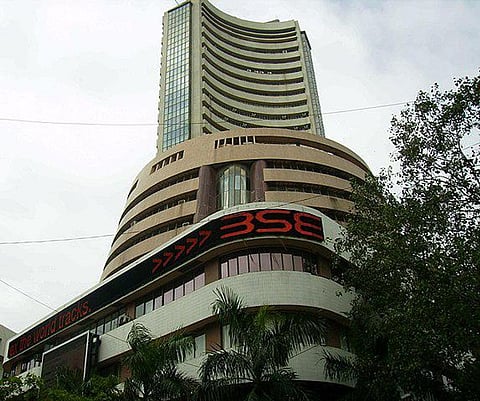
- Home
- NG Hindi
- India
- World
- Culture
- Politics
- Lifestyle
- Entertainment
- Economy
- Sex & Relationships
- Sports
- Sp. Coverage
- Misc.
- NewsGram Exclusive
- Jobs / Internships

By Renata Nathania
Karnataka's capital is well known for its many identities: Garden City, Silicon Valley, Cosmopolitan City, and recently, it has gained renown for the atrocious amounts of pollution in its lakes, which has lent it the informal name of 'garbage city'. Apart from these identities, Bangalore was known in the 18th century, for being a part of the Mysore Kingdom, where Tipu Sultan had his strongest fort.
After the Third Anglo-Mysore War, the British took over Bangalore and it became their military cantonment. At first, Tipu Sultan's Srirangapatna was chosen to be the cantonment, but the British suffered under the outbreak of disease caused by mosquitoes. Bangalore's weather was considered far more accommodating despite its short supply of water, so it became the seat of military proceedings in the South, under the Madras Presidency of the East India Company.
The village surrounding the Ulsoor lake, or Halasuru, as it is called these days, was the first settlement of the British army. Even today, anyone passing by the lake cannot ignore the large military tanks, establishments, and personnel all around it. From here, begins the vast stretch of military-designated land primarily known to house the Madras Sappers. According to the military arrangements, the areas came to be known as South Parade, Residency Road, Brigade Road, Cavalry Road, and Infantry Road. Over the years, the population increased, and surrounding areas were added to Bangalore as extensions. They were named after the most prominent people living there, or after important military personnel stationed there. Cleveland Town was named after General Cleveland, one of the oldest Europeans who lived in Bangalore at the time. Similarly, Richards Town, Benson Town, and Cox Town came into being. These areas are predominantly known for their Anglo-Indian population, and the architecture is strikingly colonial.
Initial structure of Lady Curzon Hospital, Bangalorewikipedia (Newsgram does not claim copyright)
When the black plague broke out in Bangalore, it was concentrated in the Blackpully area, or so it is believed, but some historians say that it is named after John Blakiston, the engineer who was in charge of building the Cantonment. Another speculation is that it is named after the areas famously known to cultivate black rice. Today it has become Shivajinagar, which is famous for its markets, out of which Russell market still stands since the time of the British.
South Parade has been renamed Mahatma Gandhi Road, and Brigade Road has become a social hub. The surrounding areas have expanded to accommodate schools and colleges. The military establishments still exist but have become overshadowed by the other more accessible social attractions. Residency Road, originally named after the Resident of the Cantonment, is known for housing St. Joseph's College and Good Shepherd's Covenant, among some other establishments of repute.
Richards Town and some parts of Cox Town and Wheeler's Road still hold on to their colonial past. While modernity and high-rise apartments have seeped into almost every part of Bangalore, here, the colonial houses are well-preserved by the families that still live here. The churches that were built by the British in the Cantonment stretch are important heritage sites in the city today. They have large imposing buildings in the center of a large courtyard outlined by trees. The commercial facilities in the area also cater to a posher community of people and have an anglicized personality.
Colonial-styled architecture is found in the Cantonment stretch of Bangaloretwitter
Moving a little outside the Fraser Town-Richards Town belt, Bangalore takes on a different flavor altogether. Kannada becomes more prominent here, and English is not regarded as a language but as an alienated identity. This is the part of the city that was incorporated after the British left India. It has a more authentic rural feel, untouched by colonial influence.
Keywords: Colonial Bangalore, Cantonment, City, History
